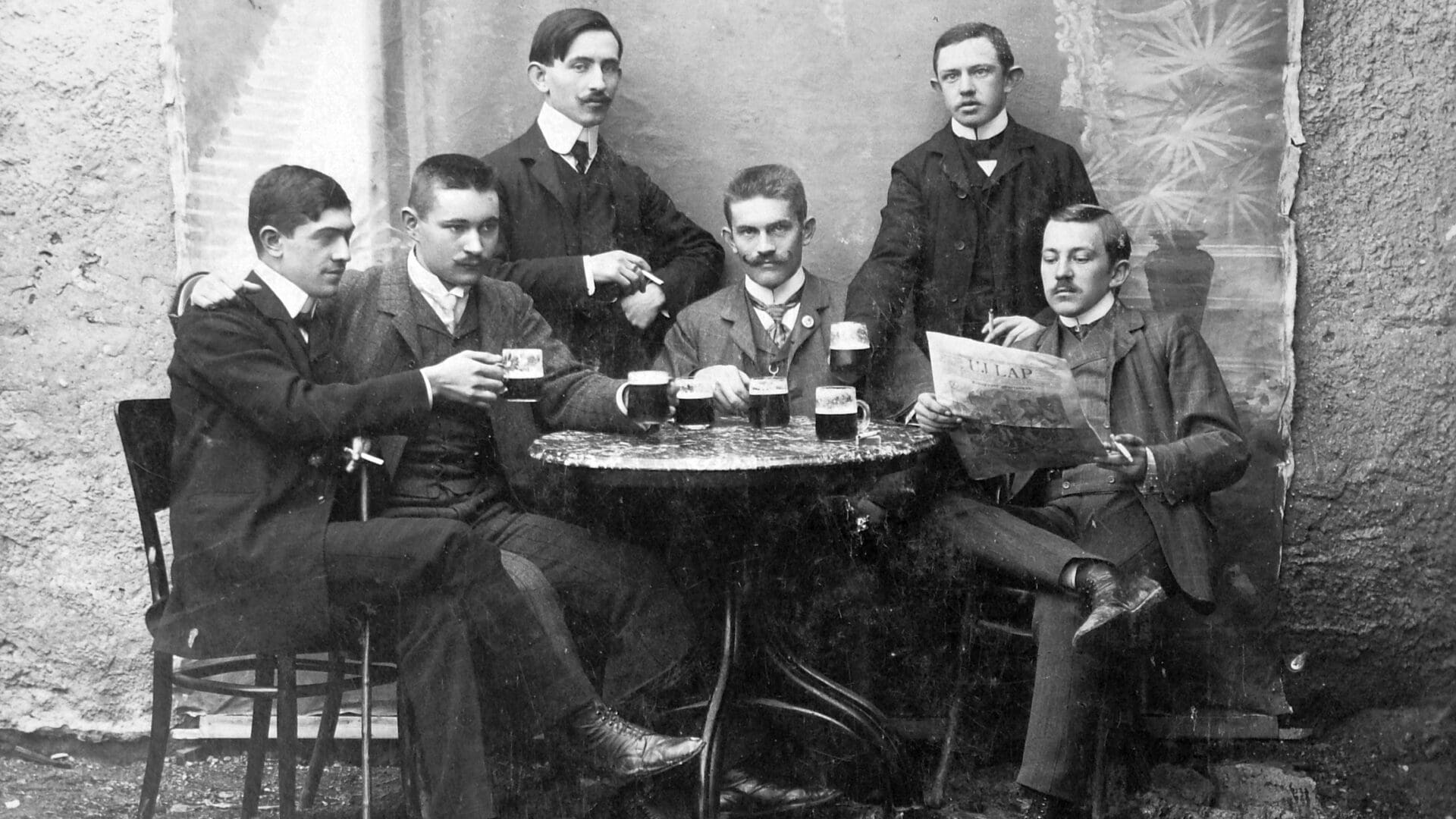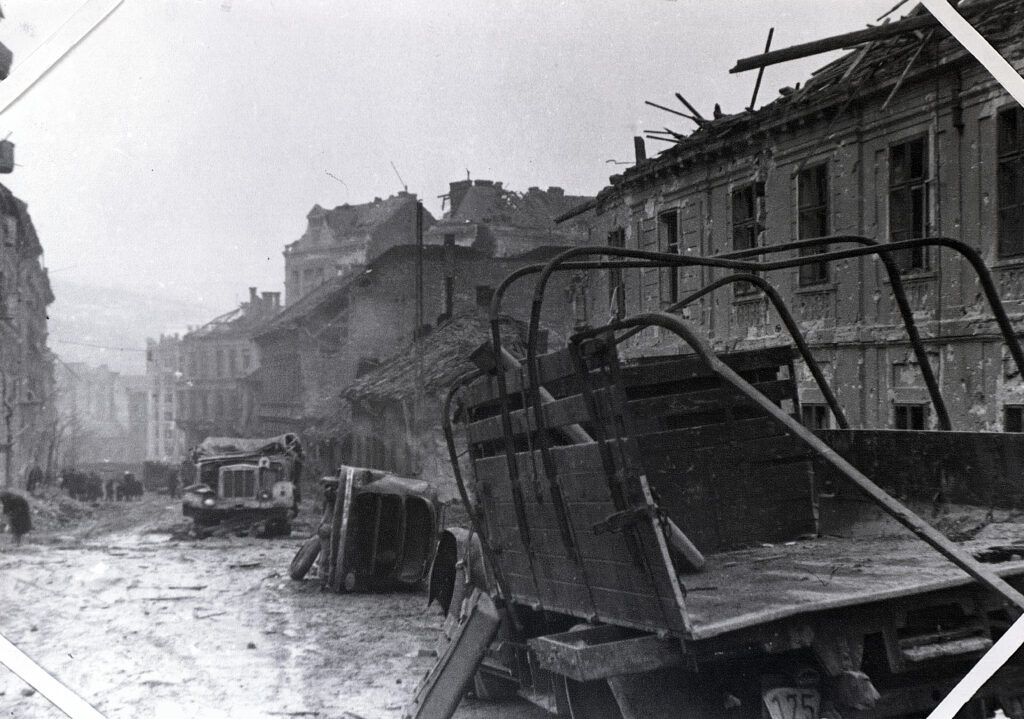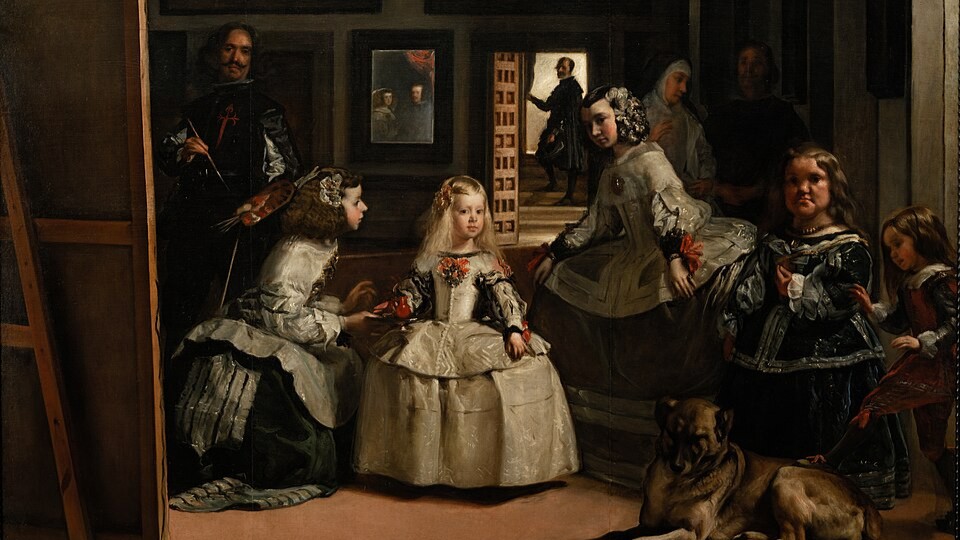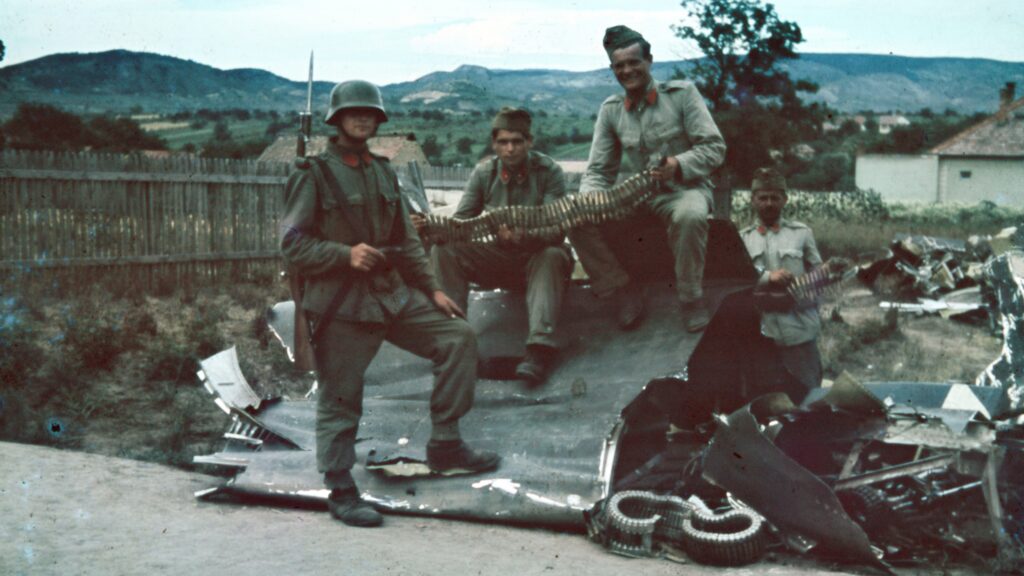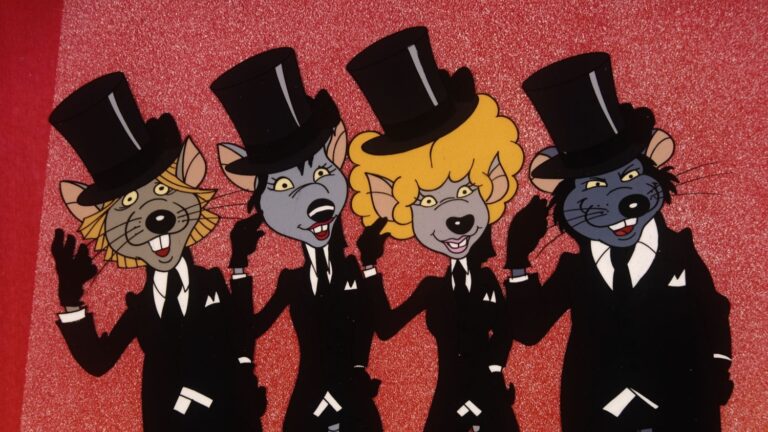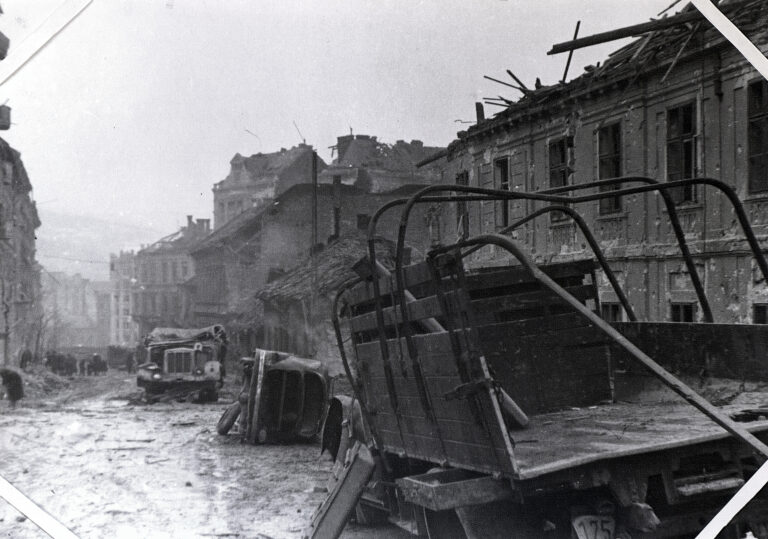The first chemically verified barley beer dates back to the 5th millennium BC in Iran. The drink was then recorded in the written history of ancient Egypt and Mesopotamia. We also know that fermented drinks were also popular with the steppe ancestors of the Hungarians. But you may wonder: how did the science and art of brewing beer develop in Hungary and what were the most important milestones in this process?
The history of Hungarian brewing goes back to our nomadic ancestors. While today it is not beer that comes to mind when one thinks of a typical Hungarian alcoholic beverage, but rather wine or some famous spirits, our migrating ancestors, riding across the steppes, were not familiar with grape-based drinks. Instead, they drank boza and kumis. Boza was a low-alcohol, beer-like drink brewed from wheat, barley, millet or a mixture of these. The grain, ground between stones, was placed in an aleskin (a leather receptacle) and mixed with water, then heated stones were added to raise the temperature of the mixture. Later, hops, already known then, were added and heated to boiling point. After cooling, it was left to ferment. The sour kumis, fermented from mare’s milk, was an essential part of the diet of nomadic Hungarians. This drink was also a favourite of the Mongols and other steppe peoples.
After settling in the Carpathian Basin Hungarians quickly learned the art of brewing beer from their European neighbours.
Brewing beer was a special right that everyone who owned land automatically acquired. Royals, aristocrats, landlords and monasteries all had the right to brew and sell beer.
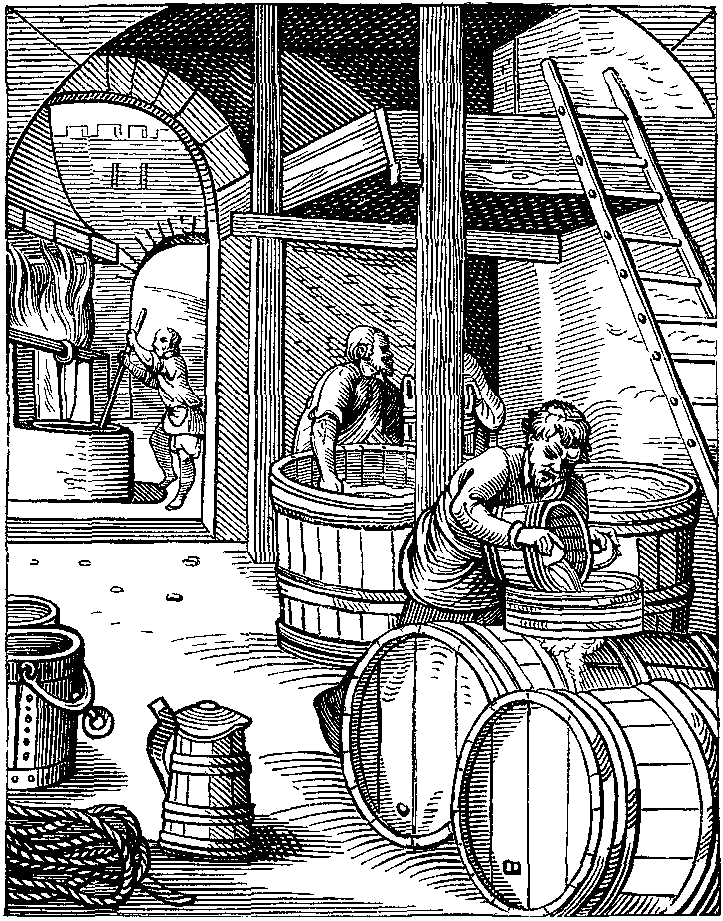
By the middle of the 17th century, in Besztercebánya in the former Upper Hungary (now Banská Bystrica in Slovakia) there were as many as 70 breweries.
The first modern factories opened in and around the cities of Pest, Sopron and Pécs in the 19th century to meet the growing demand, with the first brewmasters arriving mainly from German-speaking lands. The ‘beer decree of Pest’ of 1843 made it possible for anyone to brew beer commercially. Seizing the opportunity, Sámuel Hirschfeld opened his first brewery in Pécs in 1848, the year the Hungarian Revolution and Freedom Fight started. Production began with the help of craftsmen, mostly from Austria and Moravia, who travelled to the area to train the local workforce.
Pest-Buda was no exception in joining the brewing race. For a long time, the city’s inhabitants drank Austrian and Czech beers transported by steamship on the Danube, but in 1850 the pioneering Kőbánya Brewery was founded. At around the same time, in 1854, breweries were opened on Jászberényi Street, where the water of the Danube was still used for making beer. It was then that the idea was born that beer should be fermented in cellars at a constant temperature instead of in wooden barrels dug into the ground and cooled with water. Therefore, Kőbánya became the ideal location where six factories with extended cellar systems were built within fifty years.

In the years preceding the First World War, 75 per cent of Hungary’s annual beer production of 3.2 million hectolitres was produced in Budapest. In historical Hungary, Pozsony (Bratislava), Nyitra (Nitra), and Kassa (Košice) in today’s Slovakia, and Nagyvárad (Oradea) and Temesvár (Timișoara) were important beer brewing centres, while in what is present day Hungary, Sopron, Pécs and Nagykanizsa also had significant brewing operations.
After the First World War, few industries suffered as much as the brewing industry.
The population of the country was more than halved following the Treaty of Trianon, and a large part of the territories with beer factories were lost, while most of the wine-making regions were retained. At the same time, there was a sharp decline in wine exports, which meant that there were huge stocks of wine in the country, so wine was available very cheaply. This resulted in a significant drop in beer consumption. Hungary became one of the biggest wine consumers in Europe.
In addition, the Great Depression also left its mark on all Hungarian industries, including beer brewing. In response to the crisis, the three largest breweries in Kőbánya merged in 1933 under the name of Dreher-Heggenmacher First Hungarian Brewing Corporation (Dreher-Haggenmacher Első Magyar Részvényserfőzde Rt.) Apart from the ones in Kőbánya, which included the Fővárosi Serfőző Rt. (Metropolitan Brewing Inc), three other breweries remained open in the countryside: in Pécs, Nagykanizsa and Sopron.

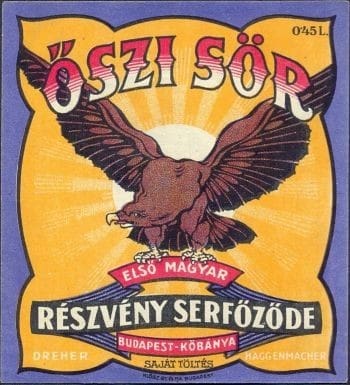
Not only did the destruction of WWII take its toll on the beer industry, but all the successful brewing enterprises were also nationalized in 1948 and were eventually merged into a single entity, the Hungarian National Beer Industry Company in 1959.

As part of the short-lived attempts at reforming the Socialist planned economy, in 1971 the Hungarian National Beer Industry Company was dissolved, and four independent breweries were established in the country, which were incorporated into the National Trust of Beer Industry Companies. The Trust operated until 31 December 1981, when the breweries were granted full autonomy.
The 1990s saw two important changes in the country’s brewing industry. One was the privatization of Hungarian breweries, and the other was the opening of many small, artisan breweries. The latter was also encouraged by a legal loophole: legislation in force at the time exempted unfiltered beer from excise duty. In addition, there was a shortage of beer on the Hungarian market. However, in 1993 the legislators closed the excise loophole and as the privatized, foreign-owned large breweries were churning out large quantities of industrial beer cheaply, it was no longer possible to compete with them for small players, so the artisan breweries closed down one by one.
Currently, Starbev (Borsodi brewery), SABMiller (Dreher brewery) and Heineken (Sopron and Martfű breweries) have a roughly equal share of more than 90 per cent of the domestic market. The Pécs Brewery has a 4–5 per cent share, with the rest coming from imported beers and small Hungarian breweries.
Despite the market being dominated by these international giants, the good news is that the craft beer revolution has swept through Hungary, too, and many small breweries, which have by now grown larger, have emerged over the past decades. A unique craft beer community and scene has been created, with unique brands, that have become internationally renowned, and that are typically the most sought out products at any of Hungary’s popular beer festivals. If you are older than 18, we recommend that you check these excellent Hungarian craft beers out on a hot summer day—you won’t be disappointed!
This article was largely based on information provided on the website Serneveles.hu.
Related articles:

